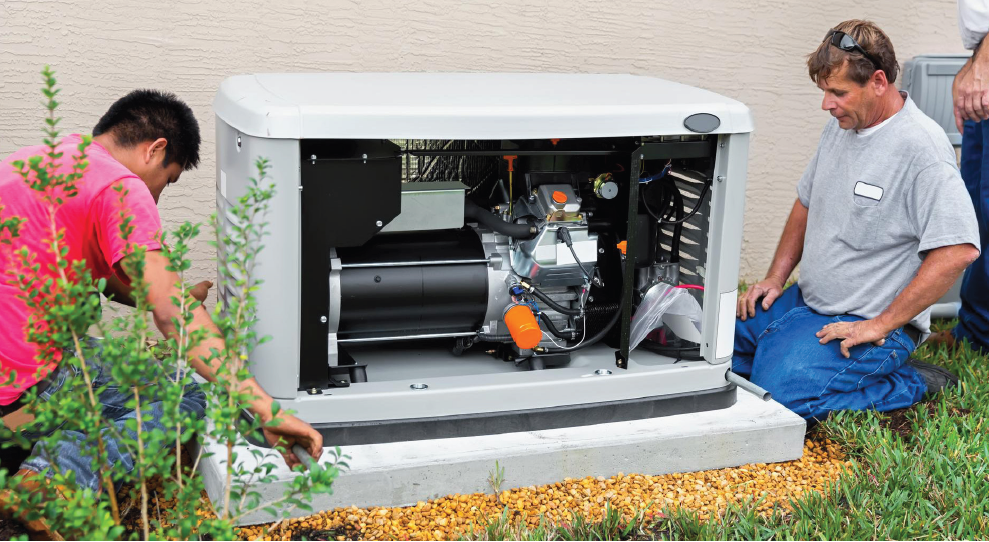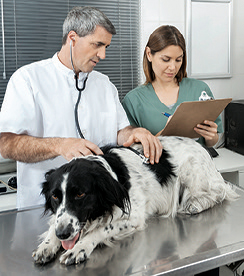Ergonomic Basics for Veterinary Clinics
Veterinary clinic employees are exposed to repetitive motion and lifting hazards every day, some resulting in serious injury.
Understanding Ergonomic Risk Factors
Recognizing risk factors in the workplace is the first step in reducing potential injuries. Four basic activities increase the likelihood of upper body and low back cumulative trauma injury:
- Working in an awkward position such as standing with the body at a right angle to the floor while leaning over a low surface. Example: washing or grooming patients.
- Working in a stationary position with arms extended. Example: dental scaling procedures.
- Repetitive or narrow range of motion activities. Example: computer billing or data entry.
- Forceful exertions. Example: lifting heavy patients or supplies.
Once identified, it’s easy to see how these everyday tasks can result in injury–from lower back strain to tendinitis in the arms, wrists, and hands.
How to Reduce Risk Factors
Alert employees to workplace hazards and provide training to help them avoid injuries. Examine the major tasks at your practice, with focus on the following common risk factors:
- Patient lifting and handling
- Medical and dental procedures
- Computer workstation set-up
- Handling large sacks of food and other supplies
Here are a few suggestions to help avoid risk factors and prevent workplace injuries:
- Use adjustable tables and/or chairs. The adjustment should allow for the most comfortable sitting position that minimizes the bending of the back and extension of the arms and hands, and provides maximum back support.
- Rest, stretch, or change positions frequently during medical/dental procedures and computer work. This will help reduce the stress of remaining in the same position for long periods.
- Vary your work to avoid uninterrupted repetition. Schedule other tasks between procedures.
- Arrange the storage of food and heavy supplies to reduce the need to lift or stretch. Place heavy items in middle shelves, and use a handcart to move supplies around the office or clinic. Get help to lift heavy or combative patients.
















